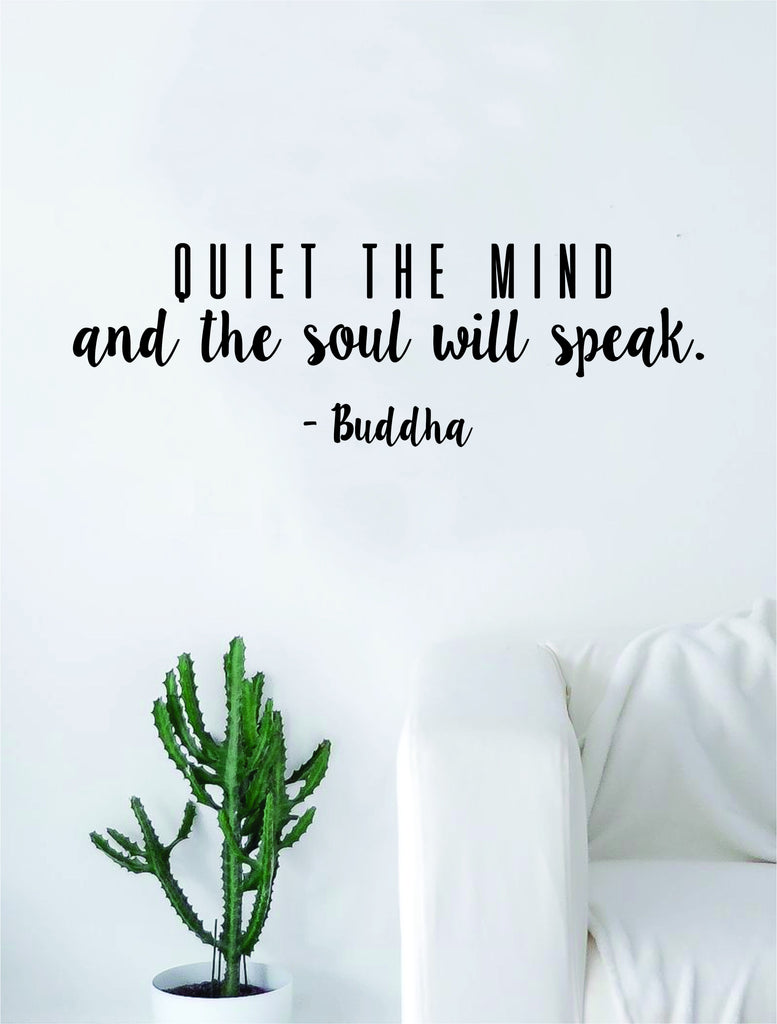

We are nearing the end of a long section of 531 mostly short Dharma Hall Discourses.

This is a very long collection of writings by Zen Master Dogen from the last part of his life, after he moved away from the capital up into the mountains to Eiheiji, the temple he founded, and where he trained the monks who continued his lineage.

Source Sangha, Bolinas – Febuary 9, 2002įor the last couple of years I have been translating Dogen’s Extensive Record, Eihei Koroku, together with Shohaku Okumura. And practically, it brought a form of Soto Zen that could be recognized in many ways by Westerners.Mt. It can be argued everyone who brought Soto Zen to the West was influenced by this New Buddhist perspective, at least in some degree. This perspective, in significant part the product of Western encounter, was broadly modernist, holding up the values of lay life, with impulses supportive of democratic, rationalist, and social engagement. Going hand in hand with this non-monastic clerical leadership was the emergence of a philosophical perspective called “New Buddhism” (shin bukkyo��). This married clergy model has now been introduced to the West, where people are less comfortable with the “don’t ask, don’t tell” style of the Japanese culture, and now struggle to find appropriate accommodations for clerical marriage as a part of Zen in the West. Despite this there has been a trend toward seeing married clerics more as priests or ministers. That the terminology for these clerics remained monastic and that prominent clerics rarely appeared (or appear to this day) in public with their spouses and children has further complicated matters. fully eighty percent of Soto clergy were married shows this was a long over due reform. That within five years of lifting of criminal sanction for marriage. In the Meiji these two things, the ordinals had no specific language requiring celibacy, and on the ground a majority, likely a large majority were living in informal marriages, came to a head.

Records show these monks frequently having female companions. The other was the temple system where after a period of training single monks would become incumbents of the thousands of temples throughout the Japanese islands. The first was the substitution of Bodhisattva vows for the Vinaya system used throughout most of the Buddhist world. It brought together two streams unique to Japanese Buddhism. Specifically the Zen establishment sought to modernize Zen in accord with Western insights, while simultaneously maintaining a Japanese identity.Īmong these reforms the legalization of clerical marriage is among the most distinctive. In practice it led to some creative reforms. Its original intent was in fact the eradication of this ultimately foreign religion. One of the significant characteristics of the Meiji reforms was the disestablishment of Buddhism. Prior to this kōan study was widely practiced in the Sōtō school.ĭuring the Meiji period (1868–1912) Japan abandoned its feudal system and opened up to Western modernism. Gentō Sokuchū (1729–1807), the 11th abbot of Eihei-ji, tried to “purify” the Sōtō school by functionally suppressing koan introspection as a Soto discipline.


 0 kommentar(er)
0 kommentar(er)
